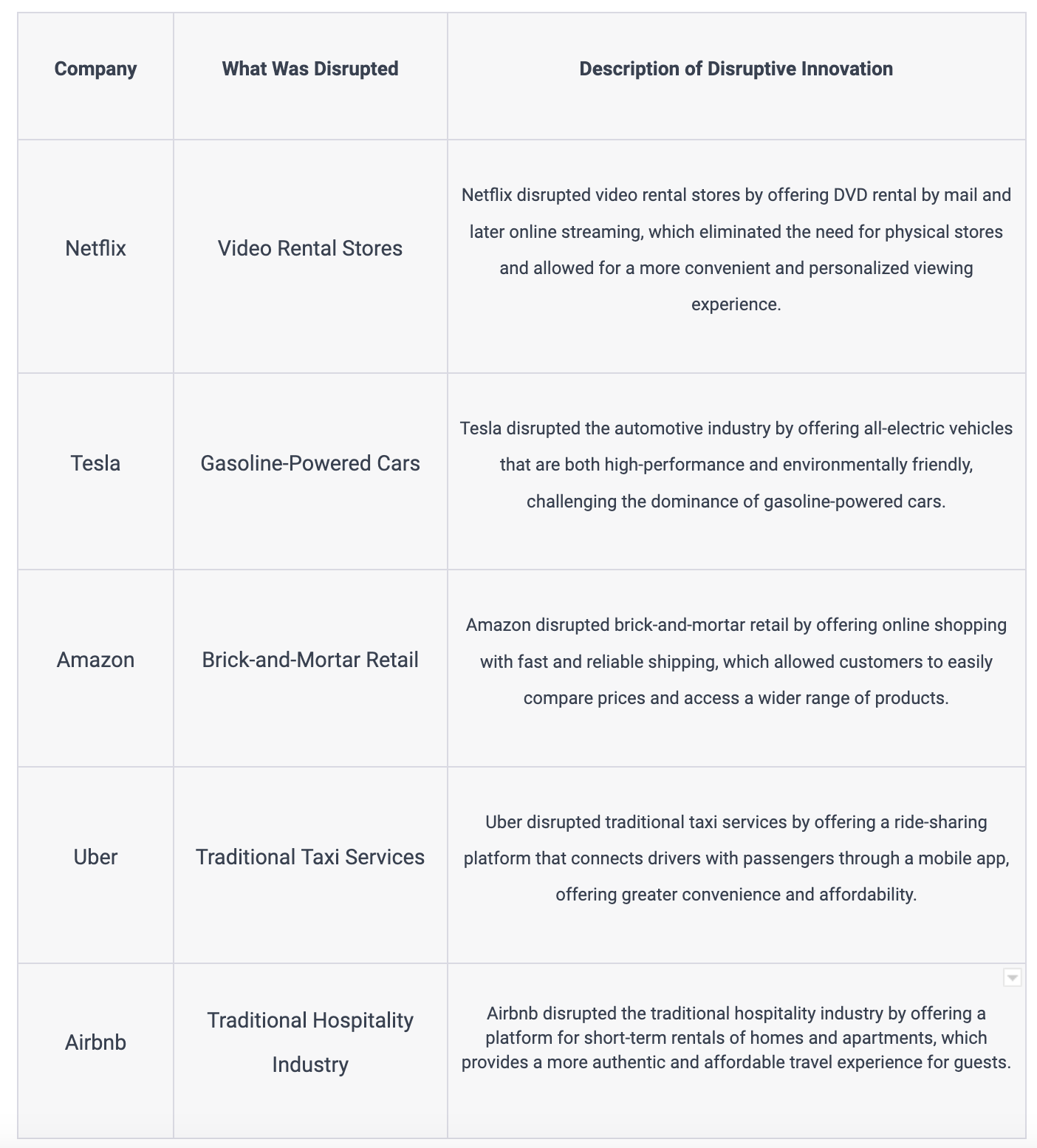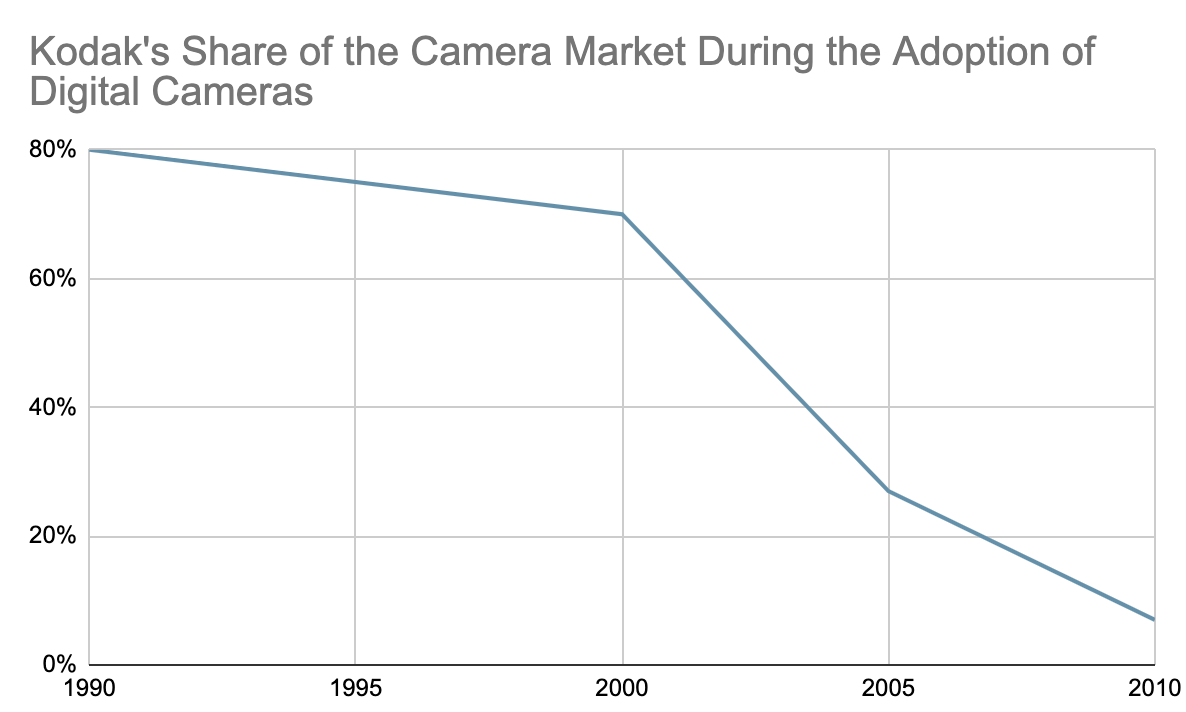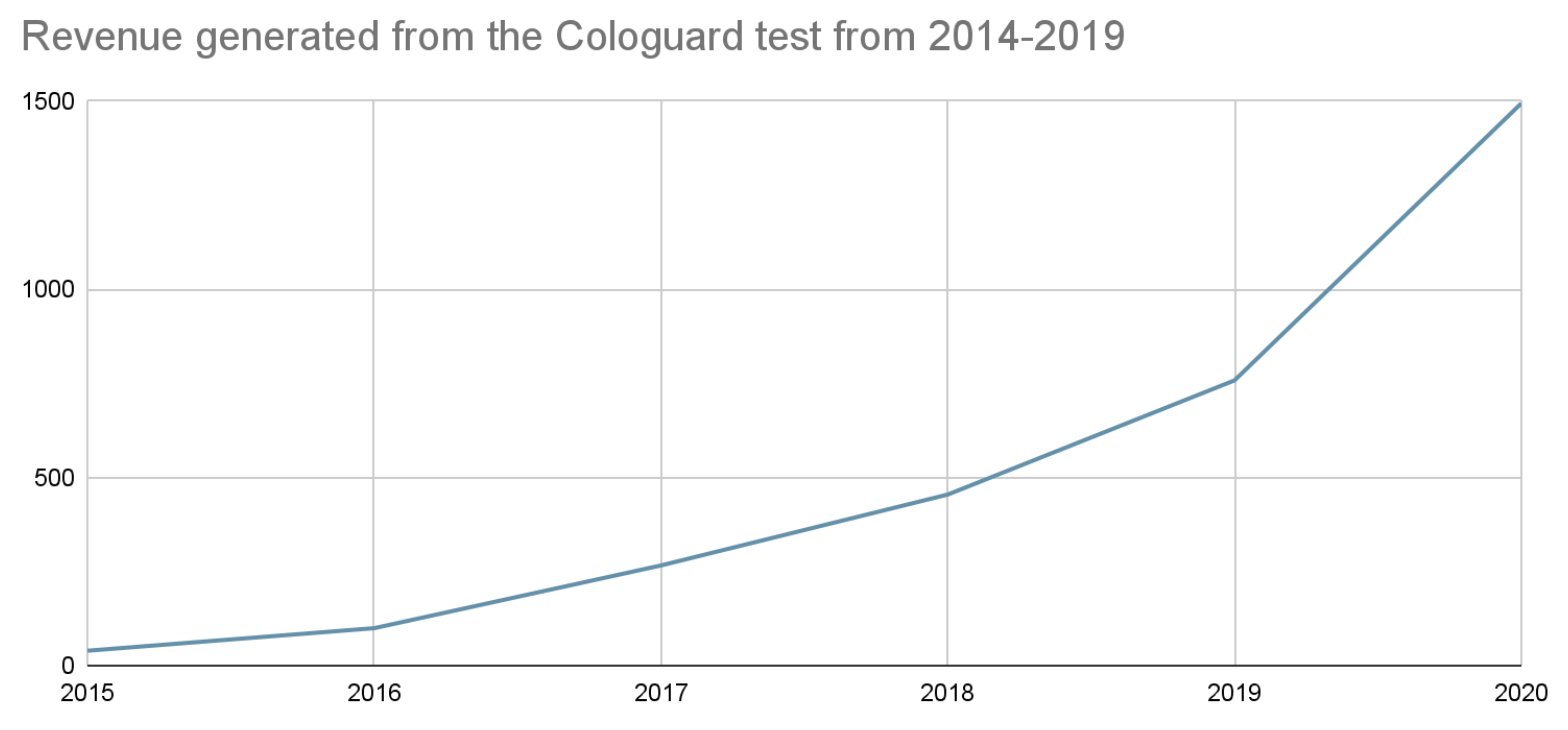ST Global Health Newsletter
“Blockbuster laughed us out of the room. We were crushed, desperate, and out of options.” The good times had come to an end with the bursting of the dot com bubble and Marc Randolph and Reed Hastings, the founders of Netflix, had to find mountains of cash to finance their growing operations.
They offered to sell Netflix to Blockbuster for about $50M but were met with disbelief. Today Blockbuster’s lack of interest seems short sighted, but it is worth revisiting the story with the facts that were known at the time. Netflix, by size, was an insignificant player (Blockbuster did $4.1B in revenue that year compared to Netflix’s $5M), it was running huge losses and needed constant cash to finance its growth, and most importantly, its business model did not build on Blockbuster’s real strength: physical national coverage. Blockbuster would get more immediate revenues and income from setting up another store or from increasing advertising, than from piling in cash into a loss making operation. This is the story of disruption: incumbent businesses are not incentivized to take large risks that would disrupt their current steady revenue streams and high margins. Netflix had an opportunity to create a new business model that was ultimately better for customers as it was “unencumbered” by steady cash flow. Disruptive innovation, as coined by the late Clayton Christensen, can occur as new technology, business models, or networks are utilized by small companies who recognize opportunities that larger companies are not incentivized to service. As was the case with Blockbuster, dominant players can fall precipitously once disrupted by a new entrant. Below is a chart that demonstrates how powerfully digital cameras disrupted Kodak’s business.
Other well-known companies that have upended their industries in the last 5-20 years:
Kodak lost significant share of the camera market when digital cameras were introduced.
Christensen argues that healthcare is prime for disruption because it is dominated by a few large players who are not structured for drastic change, creating a gap between the needs of patients and the services offered by traditional healthcare providers. In our last newsletter (linked here) we highlighted Exact Sciences, a small cap healthcare firm, for its performance after the 2008-2009 downturn. Prior to the firm’s innovation, those at average risk of colon cancer had the option of doing a fecal occult blood test, which is known for inaccuracies, or undergoing a colonoscopy. Scheduling procedures for the latter could be challenging as patients needed to triangulate work schedules with appointment dates 1-3 months in the future. Colonoscopies also required fasting and taking a laxative to clear the colon of stool. During the procedure, a long, flexible tube with a camera on the end was inserted into the rectum and guided through the colon. The procedure is usually done under sedation. Patients (and insurance companies) were also required to pay a physician for the procedure, the staff that handles scheduling, all necessary equipment, anesthesia costs, and utility costs for a procedure with a high probability of coming back negative. In this setting, Exact Sciences’ Cologuard was a welcome change. It is a simple test that allows patients to collect a sample in the privacy of their home and on their own time to detect colorectal cancer or precancerous polyps. The test does not require laxatives or fasting beforehand, and can obviously be done without the use of a camera or sedation. With Cologuard, the firm countered most of the negative attributes of the existing method with positive ones:
- Patients were able to take the test in the privacy and convenience of their own home, around their schedule
- Patients that were low risk did not have to pay for an invasive exam and the professional experience of a physician, their staff or the anesthesia team.
- It did not matter where a patient lived – patients in rural areas had the same ease of access to care, and were evaluated by the same professionals.
- Patients only paid for a colorectal cancer test instead of also subsidizing the costs of other R&D that have been priced into the test.
By focusing the product to serve patients with an average risk of colon cancer (instead of attempting to serve the entire cancer screening market) Exact Sciences was able to optimize the patient experience for that particular segment and to capture most of this specific market. The targeted approach led to wide-scale adoption and ultimately to a 10x return for the stock.
The Cologuard test was rapidly accepted by the market when it was introduced.
Disruptive innovation occurs when companies focus on a particular segment of the market and design a product and experience that better addresses the needs of the patient. By leveraging technology and a patient-centered approach healthcare can be transformed to deliver higher quality, lower cost, and more accessible care. COVID had a powerful acceleration effect on disruptive technology. Telehealth became ubiquitous; mRNA was highlighted as a safe and viable technology for a variety of conditions; digital health tools gained traction; and robotics were utilized more widely to try to reduce the risk of exposure. Several companies addressed the need for rapid, convenient testing and used that traction to transition their hospital and municipal clients to the original core business. We anticipate that companies that are able to capitalize and execute these disruptive innovation strategies should be rewarded moving forward. Just like Netflix’s disruptive innovation, which started as a business model innovation and evolved into a streaming platform with predictive algorithms, healthcare too can benefit from business model and technological innovation. With the advent of telemedicine, retail clinics, and personalized medicine, the potential for disruptive innovation to transform healthcare is immense, leading to better patient outcomes and lower costs. This will create opportunities for companies, and investors, as better healthcare is delivered to patients around the world.


